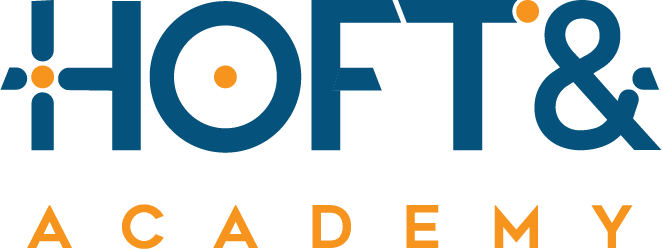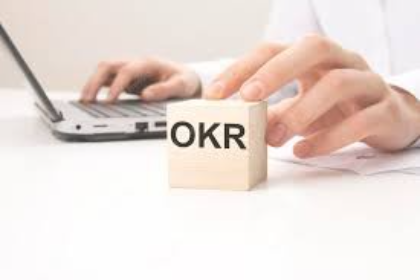As a CFO or FP&A it’s important to help your organization in implementing an agile goal-setting and leadership tool for communicating what you want to accomplish and what milestones you’ll need to meet in order to accomplish it, and one of the best tools helps to achieve that is OKR.
OKRs stand for Objectives and Key Results. OKRs are a simple system that aims to thrive engagement and unleash the creativity of team members. It is about how you track progress, create alignment, and encourage engagement around measurable ambitious goals. OKRs are frequently set, measured, tracked, and evaluated – usually quarterly.
What are the components of an OKR? Objectives and Key Results
OKRs are typically written with an Objective at the top and 3-5 supporting Key Results below it.
1. Objectives
Simply what is to be achieved, by definition, Objectives are significant, concrete, action oriented, and (ideally) inspirational.
2. Key results
Key Results benchmark and monitor how we get to the Objective. Effective KRs are specific, time-bound, and aggressive yet realistic. Most of all, they are measurable and verifiable.
Example:
O: Create the lowest carbon footprint in our industry.
KR1: Supply chain and shipping infrastructure 100% zero waste.
KR2: Pay 100% carbon offset for calculated carbon dioxide emissions.
KR3: 30% of material is compostable.
KR4: 70% of material is biodegradable.
The Benefits of OKRs
OKRs provide many benefits, including clarity, enhanced communication, and a coherent, transparent organization-wide strategy. John Doerr always talks about the F.A.C.T.S. when describing the benefits of OKRs. F.A.C.T.S. stands for:
⦁ Focus: OKRs allow a team to rally behind a small set of carefully chosen priorities.
⦁ Alignment: OKRs provide a method for an entire organization to align its goals at every layer with its top-level priorities and with its ultimate purpose.
⦁ Commitment: OKRs demand a level of collective commitment from the parties involved to choose and stick to agreed-upon priorities.
⦁ Tracking: OKRs allow a team or organization to track their progress toward a goal and know earlier when to change tactics.
⦁ Stretching: OKRs empower teams to set goals that stretch beyond BAU — or “business as usual” — and make significant, meaningful change.
Source: Book “Measure What Matters” by John Doerr







